08/08/16
Emerging diseases threaten Maasai and their herds
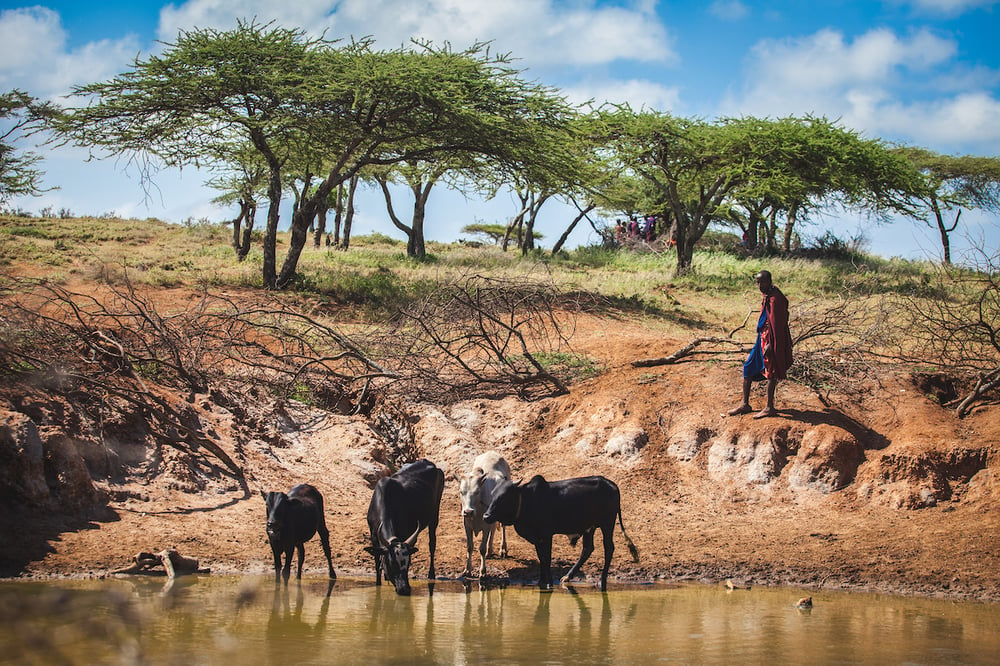
Maasai pastoralists live in the Great Rift Valley in lands straddling southern Kenya and northern Tanzania. Their lives and culture centre around herding cattle, goats and sheep: they rely on animals for meat, blood and milk; livestock provide income; and migration routes are shaped by water access and climate
Ivan Gonzalez
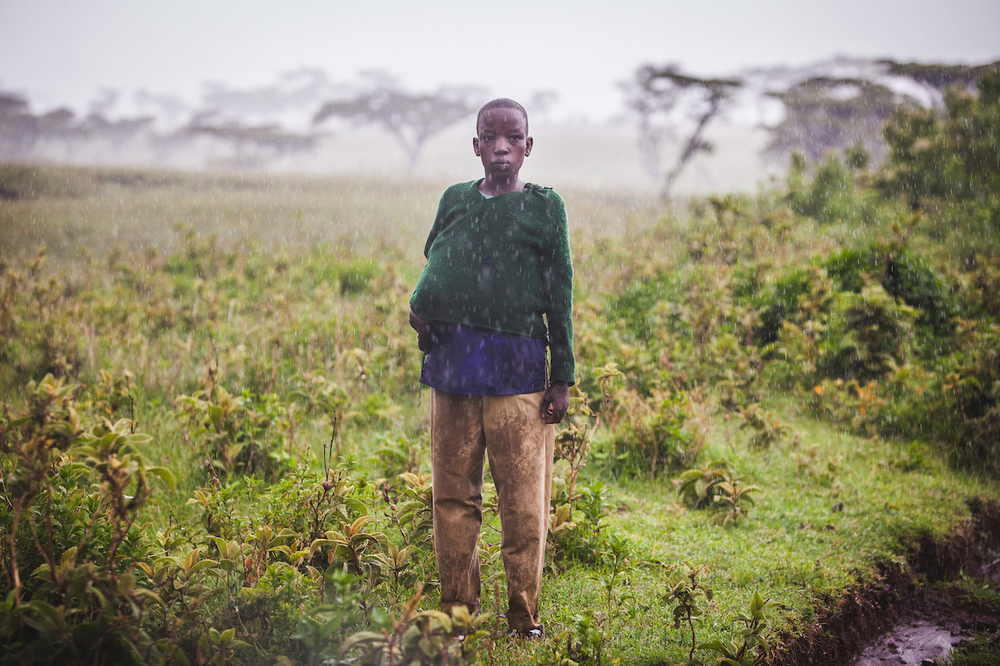


The Maasai in the Ngorongoro district of northern Tanzania are vulnerable to climate change. Global warming has increased the incidence of drought in East Africa. The 2016 El Niño was particularly devastating with severe drought followed by unexpectedly heavy early rains, increasing outbreaks of human and animal disease
Ivan Gonzalez
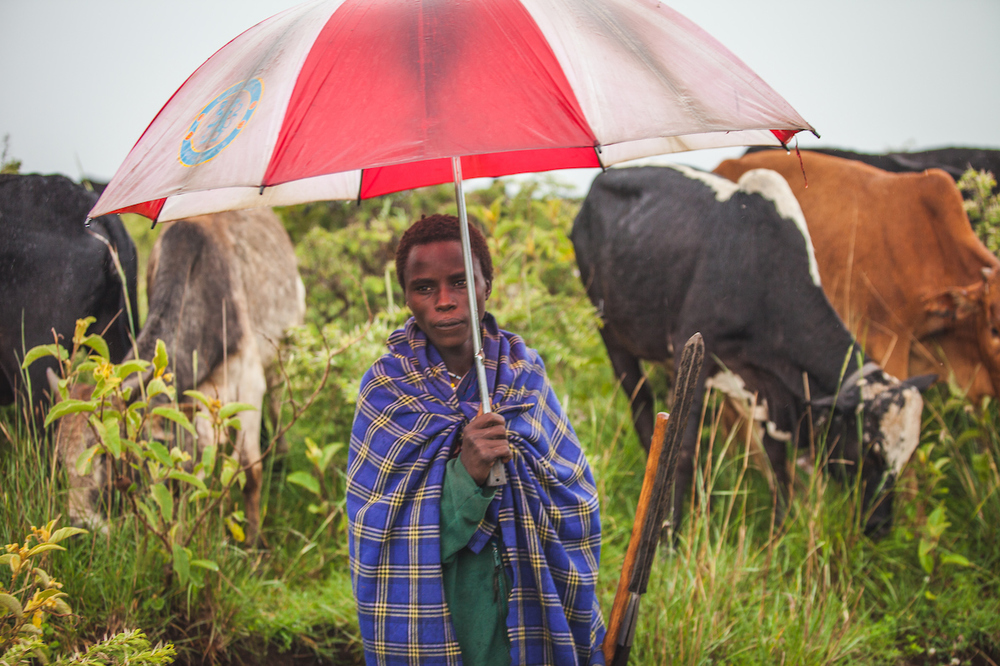


Maasai boys herd livestock from an early age. They tend to be the first to identify disease outbreaks in the animals. Boys report symptoms to family members back at the Boma (Maasai household)
Ivan Gonzalez



At the end of the day, the herders return to the Boma, where women take charge of the herd for milking. If an animal produces less milk than normal, this could be a sign of disease. Women inform the household head about any drop in production
Ivan Gonzalez
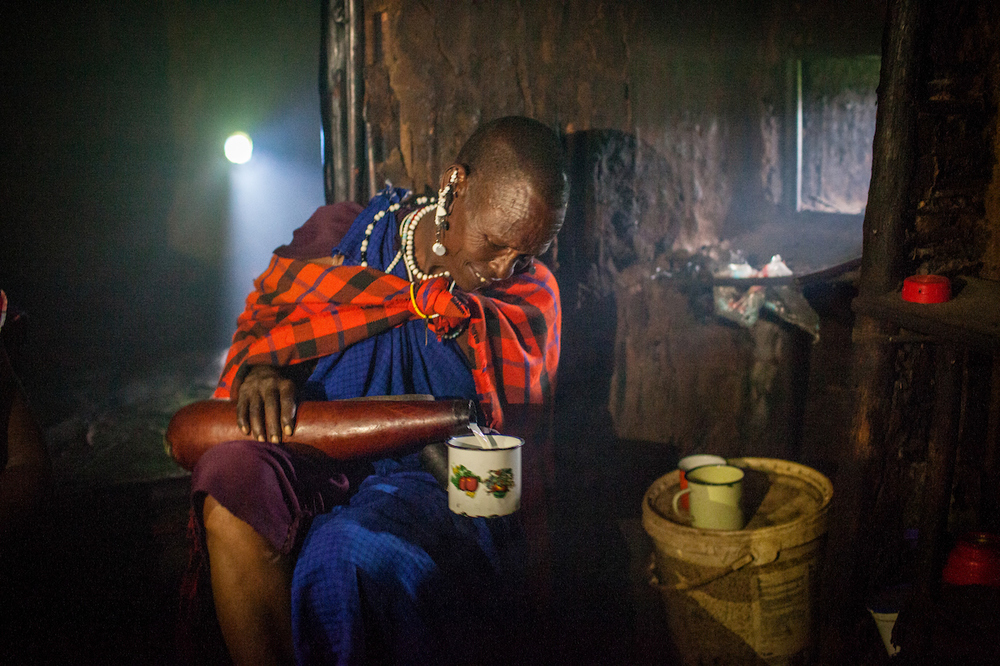


An elder drinking milk inside a traditional home. Milk is normally boiled, but some elders prefer the taste of unboiled milk. Drinking unpasteurised milk increases the likelihood of disease and parasite transmission
Ivan Gonzalez
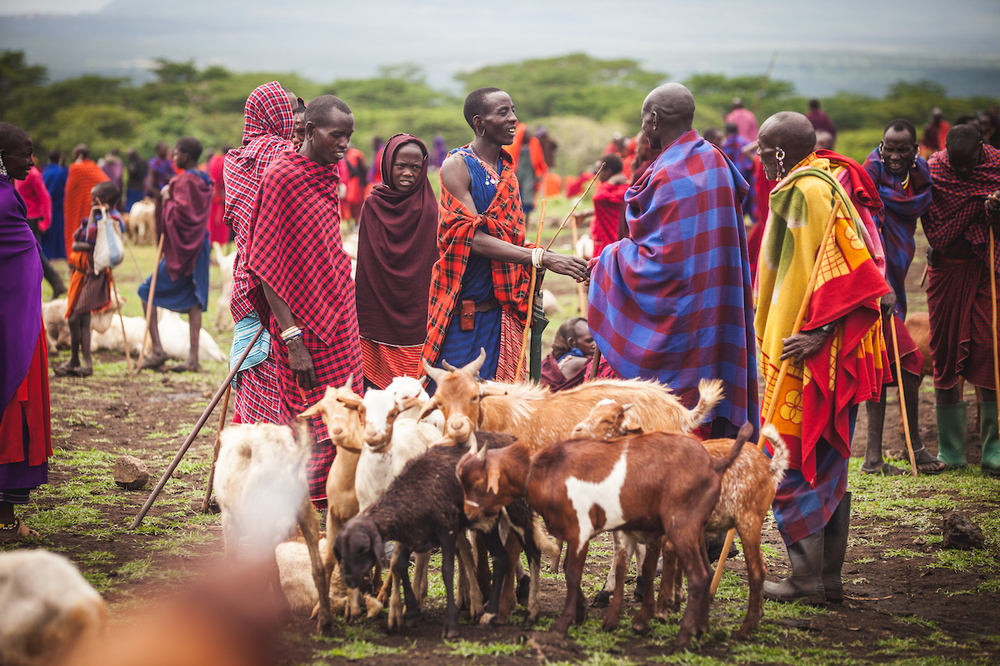


Livestock trading underpins Maasai culture. People travel long distances to trade at market. Disease outbreaks lower prices, damaging livelihoods and food security. Porous national borders and variations in disease control between health authorities mean diseases spread more easily
Ivan Gonzalez
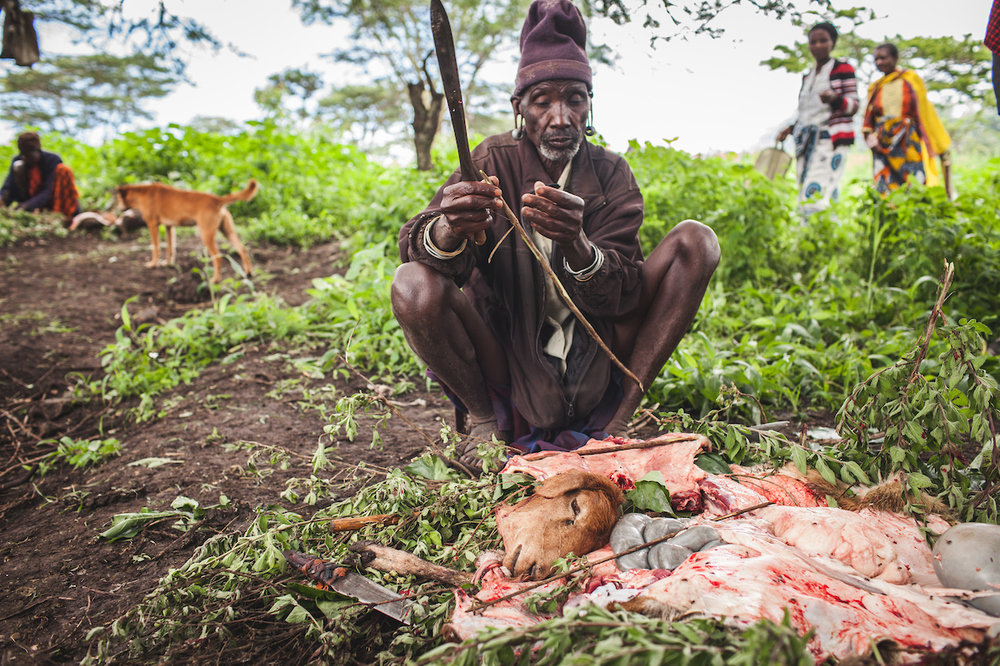


The slaughter of livestock at markets is part of a cycle of disease transmission involving humans, livestock and local dogs. Body parts contaminated with parasites are disposed of on nearby land. Dogs then eat this flesh and can carry parasites to households and other markets
Ivan Gonzalez
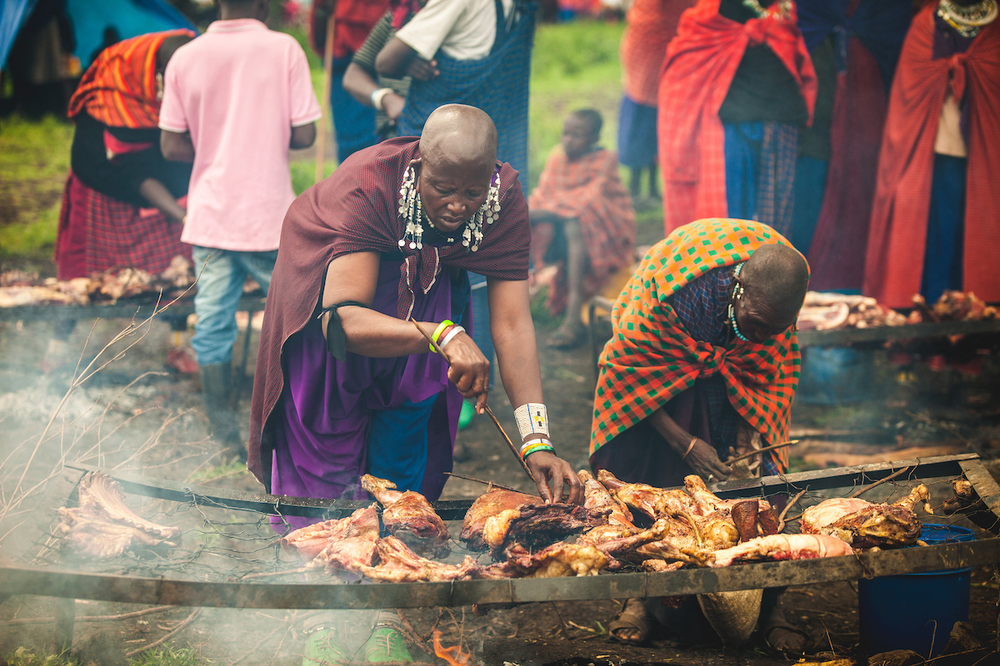


Meat being cooked at market. The handling of raw meat and the consumption of undercooked meat are key causes of infection. Medium-grilled meat is popular, increasing the risk of diseases being transmitted from animals to humans
Ivan Gonzalez
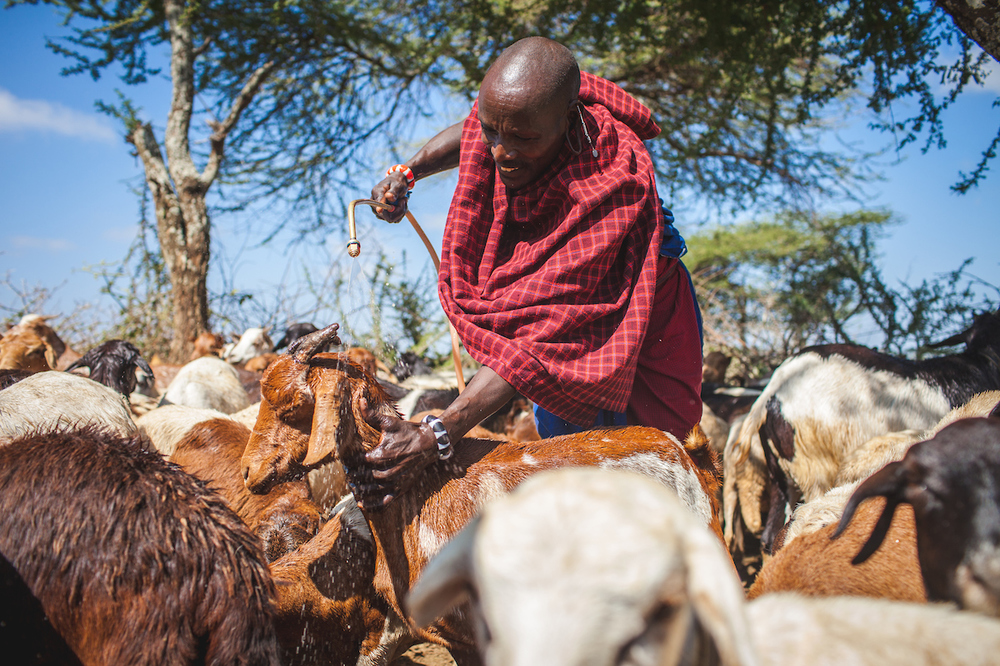


A pastoralist sprays his animals with tick repellant to prevent tick-borne disease. Pastorialists have access to veterinary medicines for disease treatment and prevention, but products can be of variable quality in rural areas. Substandard medicines prevent effective disease control and can increase antibiotic resistance in livestock
Ivan Gonzalez
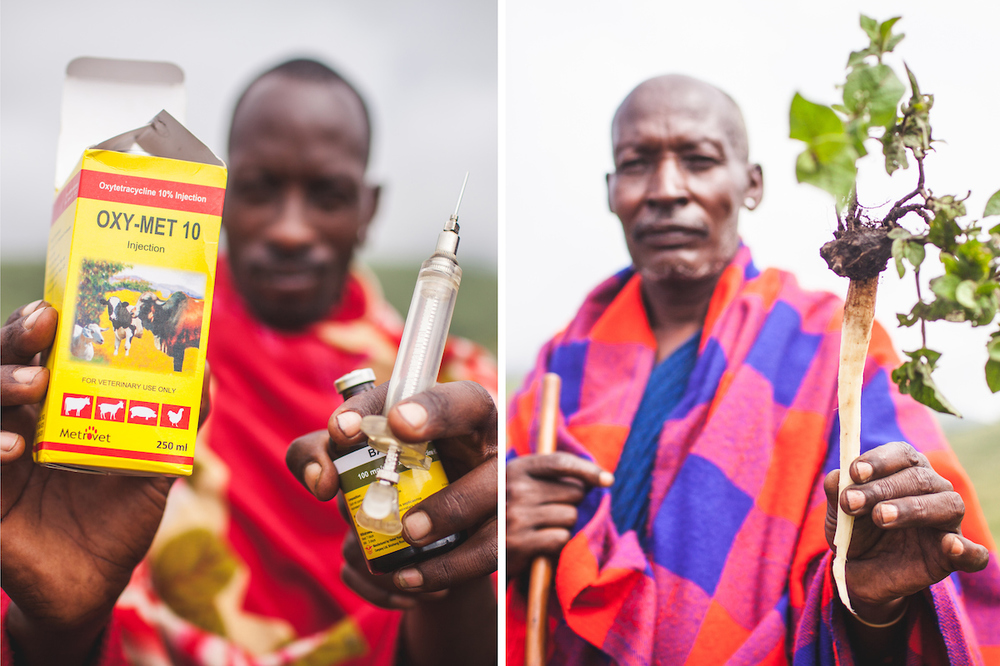


Animal drugs, such as antibiotics (left), are widely available, but stronger regulations mean human drugs are harder to come by. Clinics are often remote and ill-equipped to deal with outbreaks. Maasai use medicinal plants (right) that induce vomiting in humans, believing it purges disease. But vomiting only offers temporary relief
Ivan Gonzalez
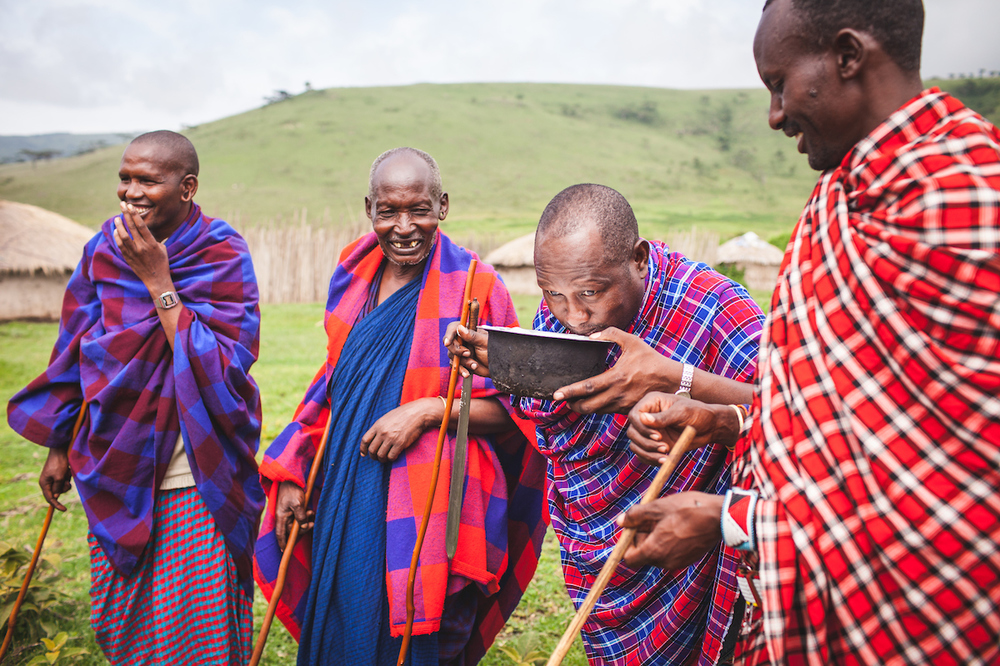


Moses Ole-Neselle (second from right) is field coordinator for the Southern African Centre for Infectious Disease Surveillance, a consortium that monitors disease and trains people to report on health issues. Ole-Neselle’s role as a Maasai elder gives him a unique understanding of cultural perceptions of disease
Ivan Gonzalez
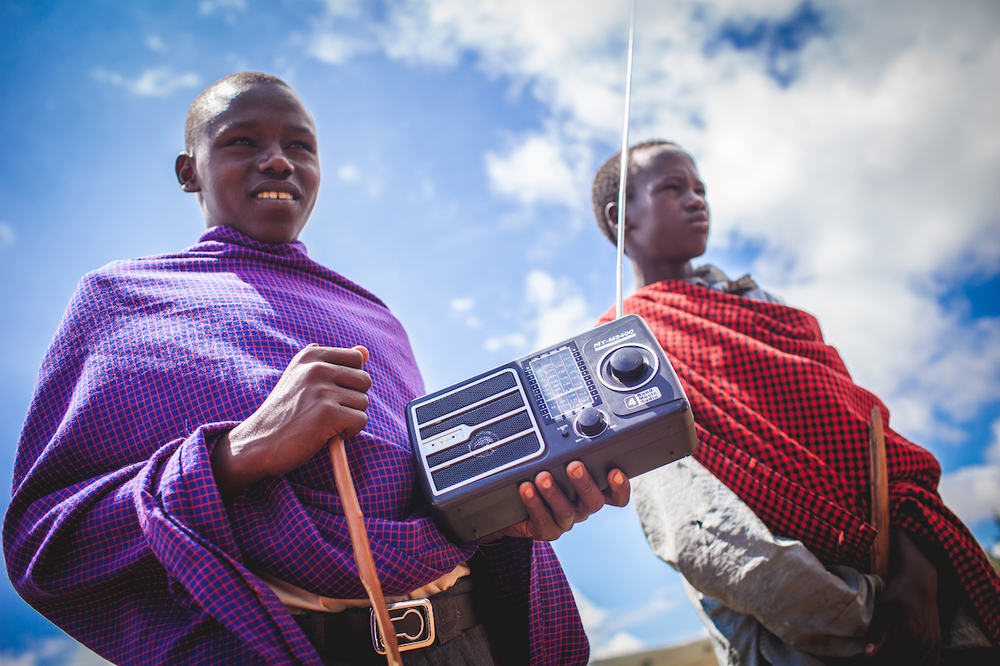


Radio and mobile phones can help build local understanding of disease and get indigenous knowledge to researchers. Community radio is the most accessible medium in Tanzania, and enables pastoralists and health providers to converse. Providing information in local languages and familiar cultural forms is essential
Ivan Gonzalez
By: Imogen Mathers
Send to a friend
The details you provide on this page will not be used to send unsolicited email, and will not be sold to a 3rd party. See privacy policy.
For the semi-nomadic Maasai pastoralists of Ngorongoro district in northern Tanzania, herding underpins lives, livelihoods and cultural identity. Cattle, goats and sheep provide food and income, so families move around to reach the food and water their animals need to survive. As a result, life is shaped by shifts in vegetation, weather and water levels.
But this unique culture is endangered by climate change and emerging diseases, as well as by broader socio-political threats —access to land and oppressive conservation legislation, for example. When it comes to disease, certain established behaviours — migrating across porous borders, handling raw flesh, drinking unpasteurised milk and eating undercooked meat — can make people and animals vulnerable to zoonotic diseases, such as foot-and-mouth disease and Rift Valley fever, which move between wildlife, domestic animals and humans. As competition for limited grazing and water intensifies, wildlife, livestock and humans come into closer contact, increasing the exposure and transmission of other diseases such as sleeping sickness.
This photo gallery explores the threat of disease in Maasai communities, and documents the work of the Southern African Centre for Infectious Disease Surveillance (SACIDS) with local pastoralists. This consortium monitors outbreaks and strives to improve people’s resilience to disease and climate change.
It follows a ‘One Health’ approach that sees a fundamental interconnectedness between animals, humans and the environment, and links institutions across East Africa to research these interactions across disciplines and sectors. Also core to its work are training and communication projects that link herders and researchers via radio, mobile phone, music and familiar cultural forms. These help at-risk pastoralists better understand and protect themselves from diseases, and give researchers insight into Maasai knowledge of disease, disease vectors and climate that draws on centuries of indigenous experience.













